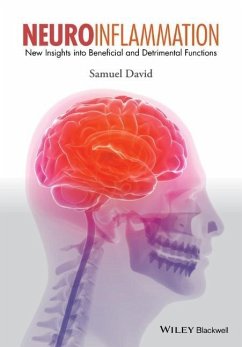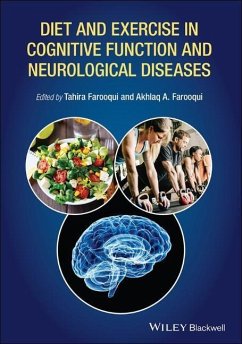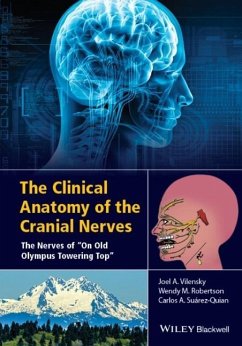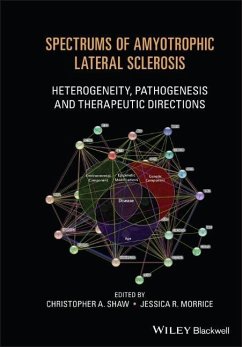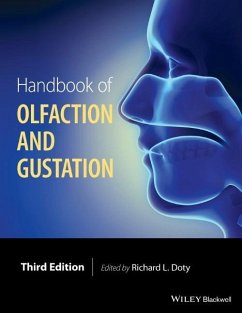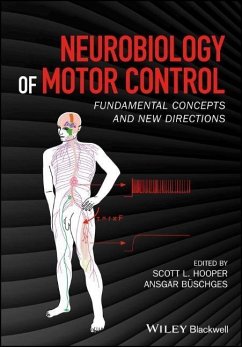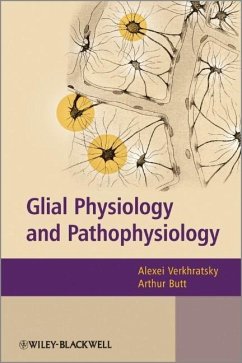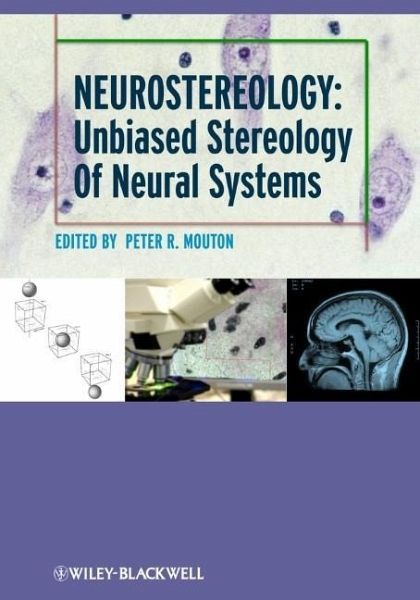
Neurostereology
Unbiased Stereology of Neural Systems
Versandkostenfrei!
Versandfertig in über 4 Wochen
139,99 €
inkl. MwSt.
Weitere Ausgaben:

PAYBACK Punkte
70 °P sammeln!
Stereological methods provide researchers with unparalleled quantitative data from tissue samples and allow for well-evidenced research advances in a broad range of scientific fields. Presenting a concise introduction to the methodology and application of stereological research in neuroscience, Neurostereology provides a fuller understanding of the use of these methods in research and a means for replicating successful scientific approaches. Providing sound footing for future research, Neurostereology is a useful tool for basic and clinical researchers and advanced students looking to integrat...
Stereological methods provide researchers with unparalleled quantitative data from tissue samples and allow for well-evidenced research advances in a broad range of scientific fields. Presenting a concise introduction to the methodology and application of stereological research in neuroscience, Neurostereology provides a fuller understanding of the use of these methods in research and a means for replicating successful scientific approaches. Providing sound footing for future research, Neurostereology is a useful tool for basic and clinical researchers and advanced students looking to integrate these methods into their research.




